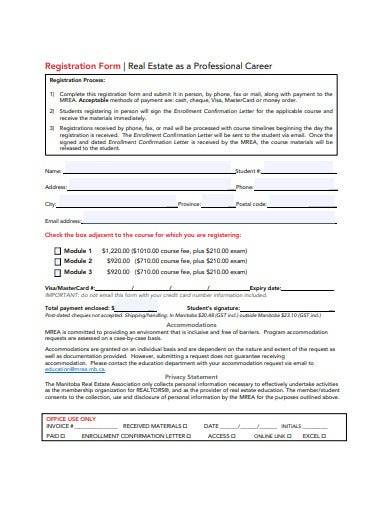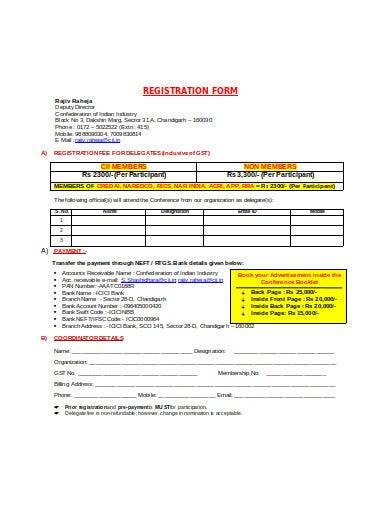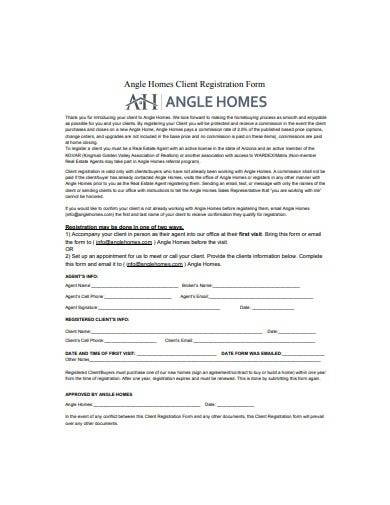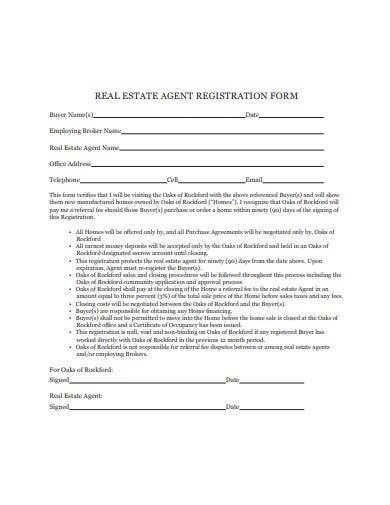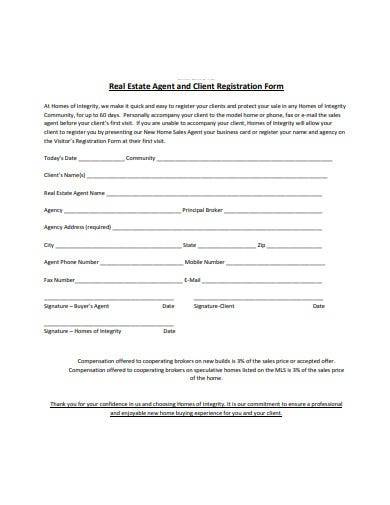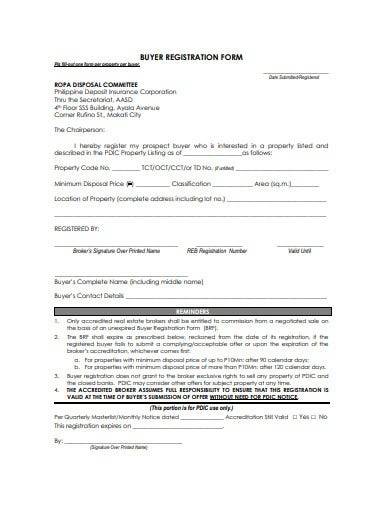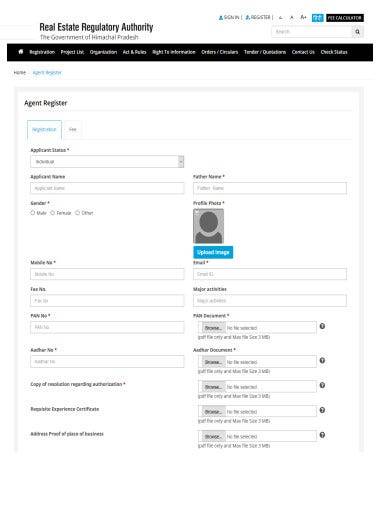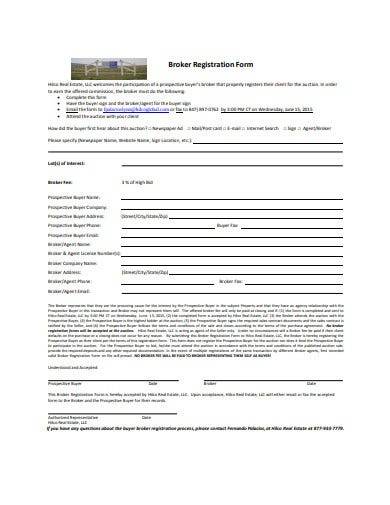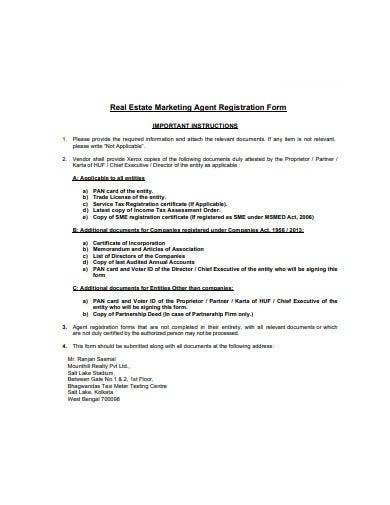Businesses value a smooth and lead-generating registration process because this means that people have found them in the market and are willing to give them a try. This shows that someone’s taking an interest in what they do—a success on both their sales plan and marketing plan. This is especially true in the real estate industry, where there’s a constant need to invite clients to look at their properties. A good real estate registration form can make this process even better in accommodating prospective clients. Learn more about this below.
FREE 10+ Real Estate Registration Form Samples
1. Real Estate Customer Intake Form Template
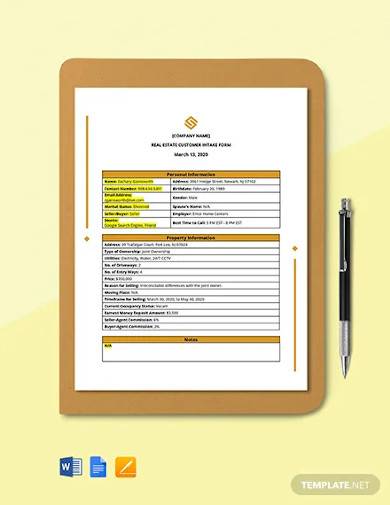
2. Professional Career Registration Form Template
3. Real Estate Registration Form
4. Real Estate Client Registration Form
5. Real Estate Agent Registration Form
6. Real Estate Broker Registration Form
7. Sample Agent and Client Registration Form
8. Real Estate Buyer Registration Form
9. Real Estate Agent Registration Online Form
10. Broker Registration Form Template
11. Real Estate Marketing Agent Registration Form
What Is a Real Estate Registration Form?
A real estate registration form is a type of sign-up form used in related real estate transactions. It can cater to dealings such as agent consultations, selling properties, and rental applications. This is an important document to use when dealing with clients because this allows agents to obtain client details and understand their needs initially.
Ways to Improve Your Registrations Process
Registration often serves as your customer’s entry to your brand enterprise. You wouldn’t want to waste your chances of welcoming new faces over a flawed registration process. Here are some ways on how to improve your registration process:
1. Make your registration is available online. While printed forms are still useful, web forms have proven to be efficient in getting people connected to your business and converting these registrations into leads. According to Hubspot, 74% of marketers use web forms for lead generation. Approximately 49% of them claimed that web forms are their highest lead converting tool.
2. Keep the inquiry simple. Your form should contain readily understandable fields and items that they can answer on a single blink. Including complicated words and unfamiliar items will most likely prompt them to abandon the process.
3. Offer assistance. If you want to keep them until they finish the registration, assist them. If it’s a face-to-face registration process, ask them what they need to understand. If it’s online, link directions and instructions that they can use.
Tips on How to Create a Real Estate Registration Form
Here are practical steps in making a real estate registration form:
1. Include What’s Relevant to Your Purpose
The first thing you should keep in mind when making your registration form is what purpose it should serve. Because it’s a real estate sign-up form, determine it’s specific use and content. Among the basic details included in this document should be the property buyer or seller’s details. You might also need to provide details about the property. Other than this broad intent, examine your goal in making this form to include other relevant details. As an example, if you’re a real estate agent making a registration form for your clients before you take them on a property tour, you might want to include details about their needs and expectations so you can provide an excellent service for them.
2. Provide Directions
While it’s easy to understand the fields and the different fill-in-the-blank items of your form, it helps to provide instructions for those who will answer it. It doesn’t have to be lengthy. For a start, make your title clear. That will make them understand what the form is trying to achieve. Provide brief instruction on fields where they might need clarifications. For example, if you’re going to provide a checklist, specify if they can only choose one, or check multiple options. You can also include a faint grey text on the blank so they can have an example of what kind of answer the field needs.
3. Specify Which Parts Are Not Mandatory
It can be intimidating when you demand that to have no space unanswered on your registration sheet. If you’ve included details that are not crucial to the process but merely an added information, there’s no need to make it mandatory. Identify which spaces need to be filled out and mark optional areas. If you’re converting your document to an online form with hopes to invite a client or a customer interested in a real estate plan, providing them with a form where they need to everything written on the fields can be frustrating. This can hinder them from doing any transaction with you.
4. Keep the Form Brief
Aside from demanding to fill every field, a lengthy form can prove to be a hassle. No one wants to spend so much time just to register for something. Even when someone’s interested, several pages of a form can be discouraging. Identify which parts are necessary and those that are don’t. Minimize optional fields and focus more on the list of details that you want to get out of the form. If you’re going to include optional fields, make sure they’re valuable support to the process. For printed forms, single-page forms are the best. For online, queue the important information first and then put the optional parts at the bottom.
FAQs
What are the different types of online forms?
Here are some of the different types of forms:
- Sales contact form
- Online order and payment form
- Feedback form
- Assessment form
- Contest registration form
- Account registration form
- Event registration form
What’s the purpose of registration forms?
In general, registration forms are useful in businesses because it aims to get clients to subscribe, apply for membership, support programs, and know about their products and services.
What’s the ideal number of fields your form should have?
The standard and the ideal number of fields that you can include in your form are three.
A real estate registration form provides you with basic details about your client’s background and needs, allowing you to curate a presentation that they can relate to. This is also useful in keeping records and formally establishing a transaction with other people. Our registration form templates are here for you anytime. Relish in our premium collection of high-quality templates and get yours today!
Related Posts
Simple Will Forms
Sample Application Form Templates
Sample Employee Declaration Forms
Parent Consent Form Samples & Templates
Sample Release of Liability Forms
Sample Training Feedback Forms
Sample Sworn Affidavit Forms
Agreement Form Samples & Templates
Vehicle Inspection Forms Samples & Templates
Sample Employee Advance Forms
Sample Child Travel Consent Forms
Sample Testimonial Request Forms
Sample Employee Details Forms
Sample Divorce Forms
Sample Attestation Forms

